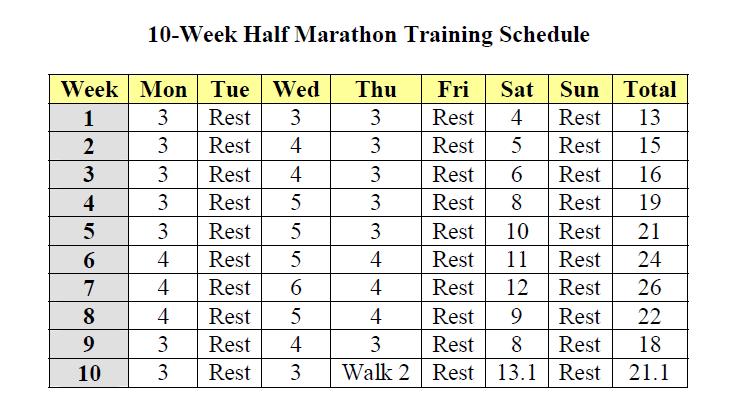58 minutes of video
58 minutes of audio
12 slides
18 pages of transcript
In our series walking through the construction of different types of articles, we hone in on the easy-to-write (and pitch!) staple of magazines everywhere: the front-of-book round-up.
A second type of round-up feature, the guide piece separates a large amount of information on a destination or topic into mini round-ups.
*****
When the topic of writing feature-length pieces for magazines in heavily formatted articles like round-ups or guides is broached amount freelance writers who don’t have those clips under their belt (yet), one of two emotions usually comes up:
- abject fear at writing something that long for a magazine (and how long it will take them to do it)
- absolute “I got this,” because you write these exact same types of pieces for blog posts
In case you can already tell where I’m going with this, neither of those is the “right” answer.
Writing a long article for a magazine (as long as it’s not narrative) is not any different than writing a short one.
But…writing a round-up for a magazine is VERY different than writing one for a website.
For the last several months, we’ve been covering how–exactly, step-by-step on both a structural and procedural level–to write different kinds of articles.
We started this series for several reasons:
- When folks are procrastinating pitching magazines, one of the big fears they tell me is holding them back is that they don’t know how they will write the article they’re pitching if it does get assigned.
- With writers that I coach, cutting down the amount of time it takes to put together assigned articles is one of our central themes. Any and all successful businesses focus on streamlining their methods of production, and freelance writing cannot be different if you would like to have a reasonable output of compensation for the time you’re putting in. The surest way to cut that down is to focus on using an actual process for how you approach both researching, outlining, and writing your articles, and one exists–it is just different for each type of article.
- In various social media circles where writers go to gripe about what is troubling them with their respective editors that day, there is a certain regular refrain I see that really pains me. Writers outline in detail how long they spent on a piece and how much of their heart and soul they poured into it–and, of course, worry about whether it was done correctly as well–and then lead to the dramatic climax of the editor either: (1) killing the story entirely, (2) asking them to essentially rewrite the whole thing, or (3) never getting back to them again. On further inspection, the biggest cause of this issue is that the writer submitted a story so fall out of line with what the editor publishes, the editor was in shock. Not good for the writer, but the writer tends not to see how the situation could be avoided on their part.
- Writing for one magazine is always different from writing for another in terms of the way the words appear on the page. That’s just style and voice and editorial positioning. But writing for one section of one magazine is also different from writing for another section of the same magazine. That’s the difference between news and interview or short round-up and narrative feature. Those differences, unlike the seemingly intangible “voice” (which we do cover extensively in the Travel Magazine Database to help save you time figuring that out), come down to repeatable formats that are easy to learn and don’t need to be constructed from the ground up every time.
So, whichever camp you fall into–whether unduly scared of breaking into longer articles, even if they seem to have a recognizable structure, OR unduly confident about something you haven’t attempted because it seems just like something you’ve already done, even though it’s rather different–today, we’ve got you covered.
Join us for Article Nuts and Bolts: How to Put Together a Guide Feature. A second type of round-up feature, the guide piece separates a large amount of information on a destination or topic into mini round-ups.
We’ll cover:
– How are these type of round-up features different than baskets of kittens and narrative features?
– How does the FOB version blossom into a feature?
– What does this look like in practice?
– How to pitch these pieces











